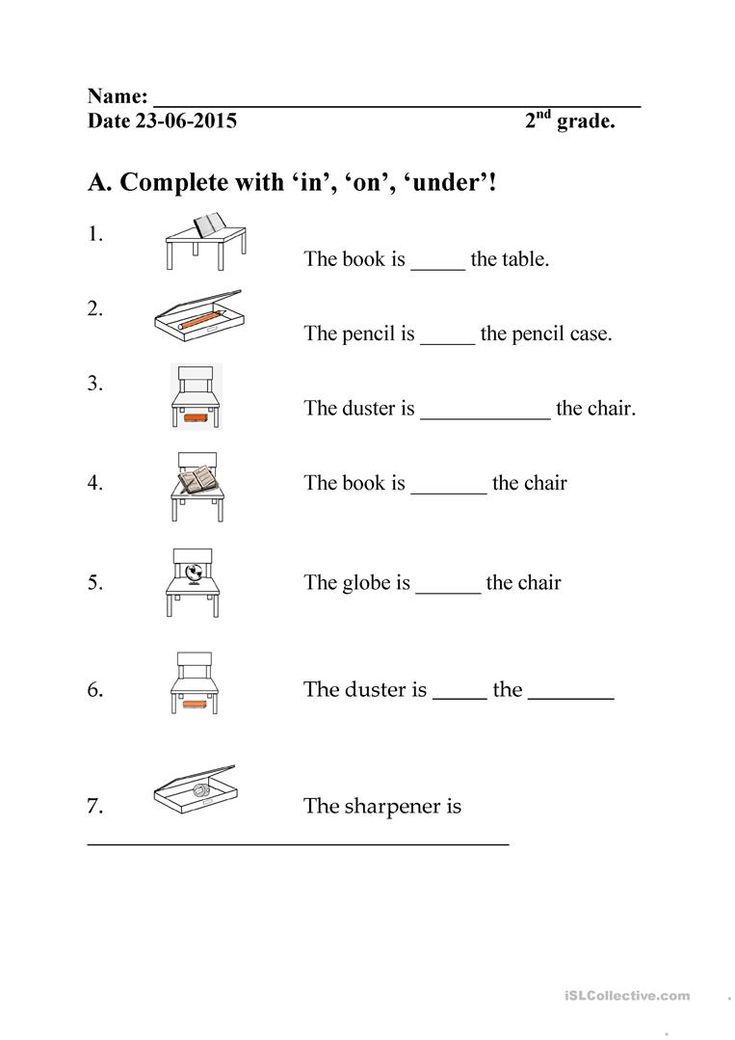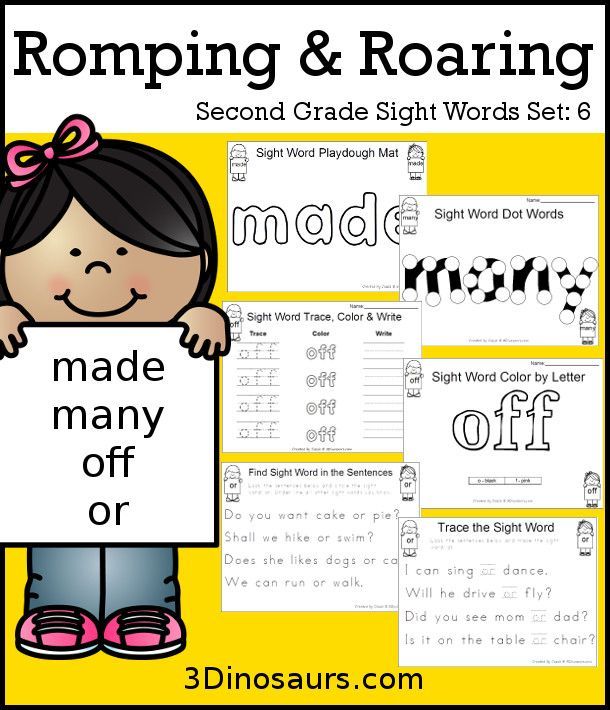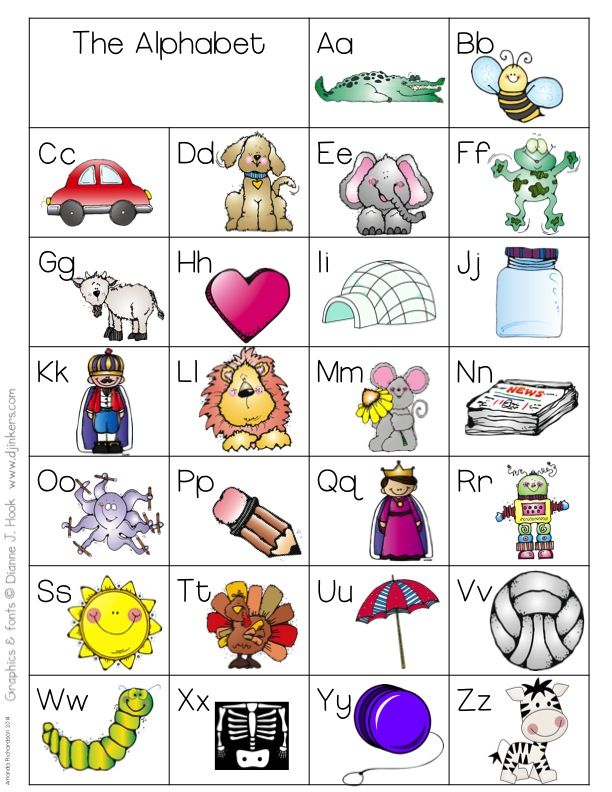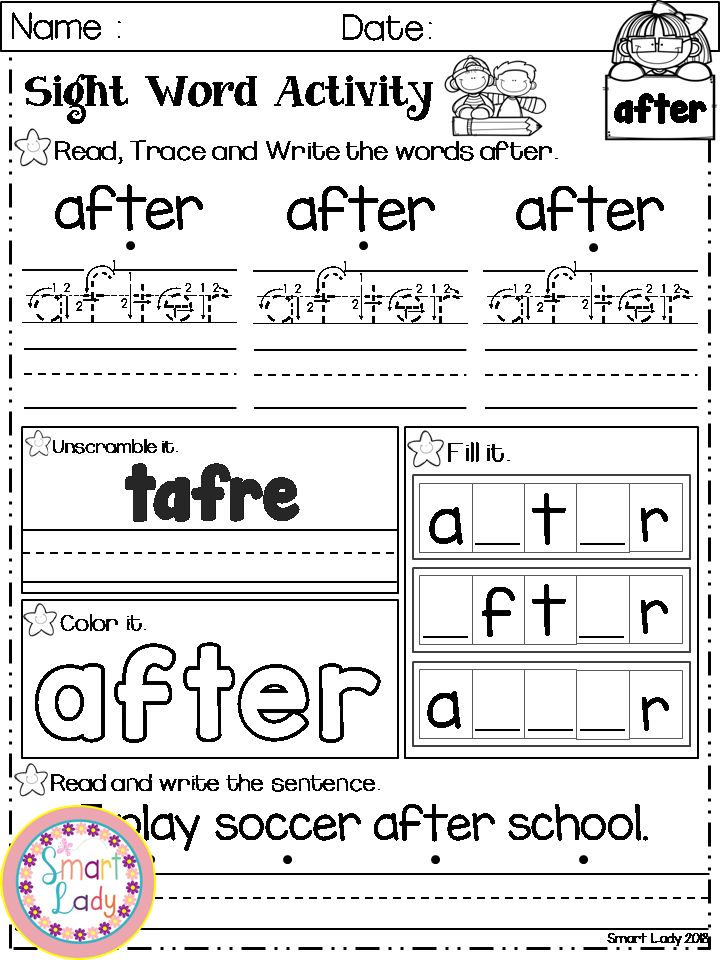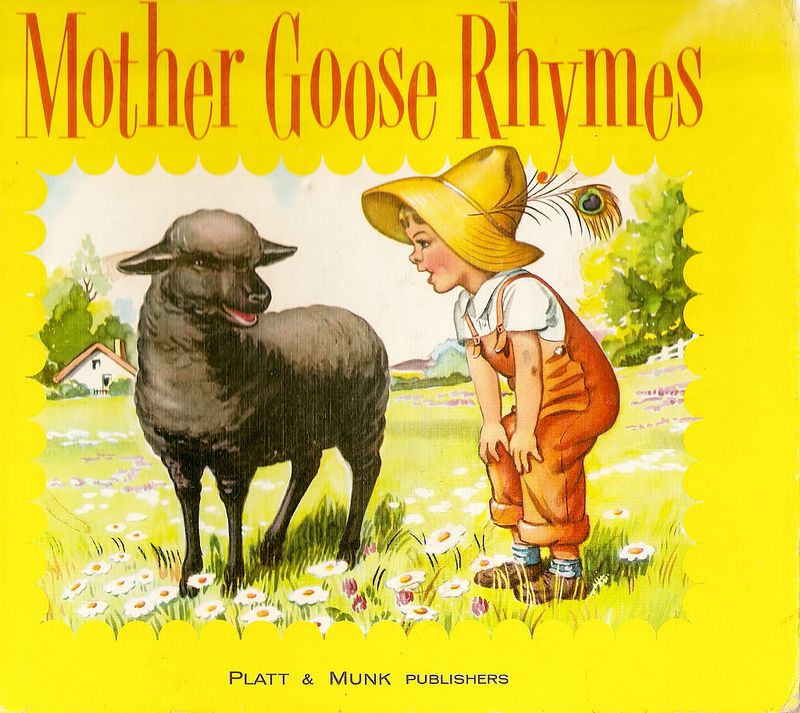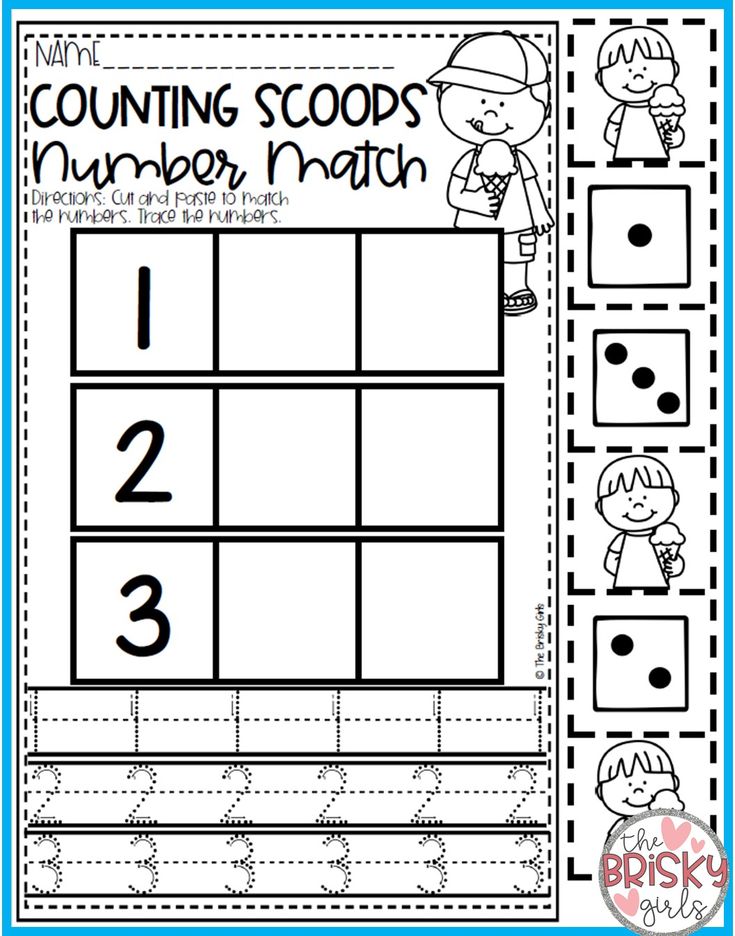Writing readiness definition
Skills for School/Classroom Readiness / Pre-Writing Readiness
- School Readiness. The Whats and Whys
-
Self Regulation
- Games and Activities for Self Regulation
- Executive Functioning
- Self Care Skills
-
Gross Motor Skills
- Gross Motor Planning
-
Fine Motor Skills
- Pre-Writing Readiness
- Visual Perceptual Skills
- Hand Strengthening
-
Sensory Terms
- Sensory Meltdowns vs. Tantrum
- Sensory Systems
- Visual Perceptual Skill Games
- Crossing Midline
-
What are writing readiness (pre-writing) skills?
Pre-writing skills are the fundamental skills children need to develop before they are able to write.
Why are writing readiness (pre-writing) skills important?These skills contribute to the child’s ability to hold and use a pencil, and the ability to draw, write, copy, and colour. A major component of pre-writing skills are the pre-writing shapes. These are the pencil strokes that most letters, numbers and early drawings are comprised of. They are typically mastered in sequential order, and to an age specific level. These strokes include the following strokes: |, —, O, +, /, square, \, X, and Δ.
Pre-writing skills are essential for the child to be able to develop the ability to hold and move a pencil fluently and effectively and therefore produce legible writing. When these skills are underdeveloped it can lead to frustration and resistance due to the child not being able to produce legible writing or to ‘keep up’ in class due to fatigue. This can then result in poor self esteem and academic performance.
What can be done to improve writing readiness (pre-writing) skills?- Hand dominance: Determine and reinforce the dominant hand use in precision task performance.

- Experience: Encourage participation in activities that involve grasping and manipulating small objects such drawing, puzzles, opening containers, threading or other related tasks.
- Poking and pointing: Practice tasks that use just one or two fingers (not all at once) e.g. poking games.
- Praise and encouragement when your child engages in fine motor activities, especially if they are persistent when finding an activity difficult.
- Hand and finger strength (e.g. scrunching, paper, using tweezers, play dough, pegs).
- Sensory play activities (e.g. rice play, finger painting) to assist the development of tactile awareness.
- Hand-eye coordination: Practice activities that involve hand-eye coordination (e.g. throwing and catching) and crossing the mid-line (e.g. reaching across the body to pick up items).
- Upper limb strength: Encourage play activities that develop upper limb strength (e.
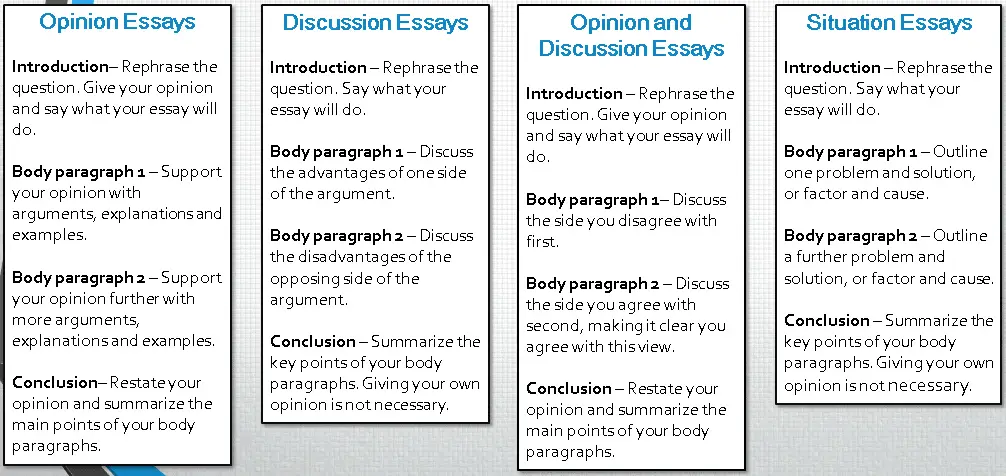 g. climbing ladders, wheelbarrow walking).
g. climbing ladders, wheelbarrow walking).
- Threading and lacing with a variety of sized laces.
- Play-doh (playdough) activities that may involve rolling with hands or a rolling pin, hiding objects such as coins in the play dough or just creative construction.
- Scissor projects that may involve cutting out geometric shapes to then paste them together to make pictures such as robots, trains or houses.
- Tongs or teabag squeezers to pick up objects.
- Drawing or writing on a vertical surface.
- Every day activities that require finger strength such as opening containers and jars.
- Pre writing shapes: Practice drawing the pre-writing shapes (l, —, O, +, /, square, \, X, and Δ).

- Finger games: that practice specific finger movements such as Incy wincy Spider.
- Craft: Make things using old boxes, egg cartons, wool, paper and sticky or masking tape.
- Construction: Building with duplo, lego, mobilo or other construction toys.
- Hand dominance: Determine and reinforce the dominant hand use in precision task performance.
If you are having trouble viewing the document, you may download the document.
Writing Readiness (Pre-Writing) Skills - Kid Sense Child Development
What are writing readiness (pre-writing) skills?
Pre-writing skills are the fundamental skills children need to develop before they are able to write. These skills contribute to the child’s ability to hold and use a pencil, and the ability to draw, write, copy, and colour. A major component of pre-writing skills are the pre-writing shapes. These are the pencil strokes that most letters, numbers and early drawings are comprised of.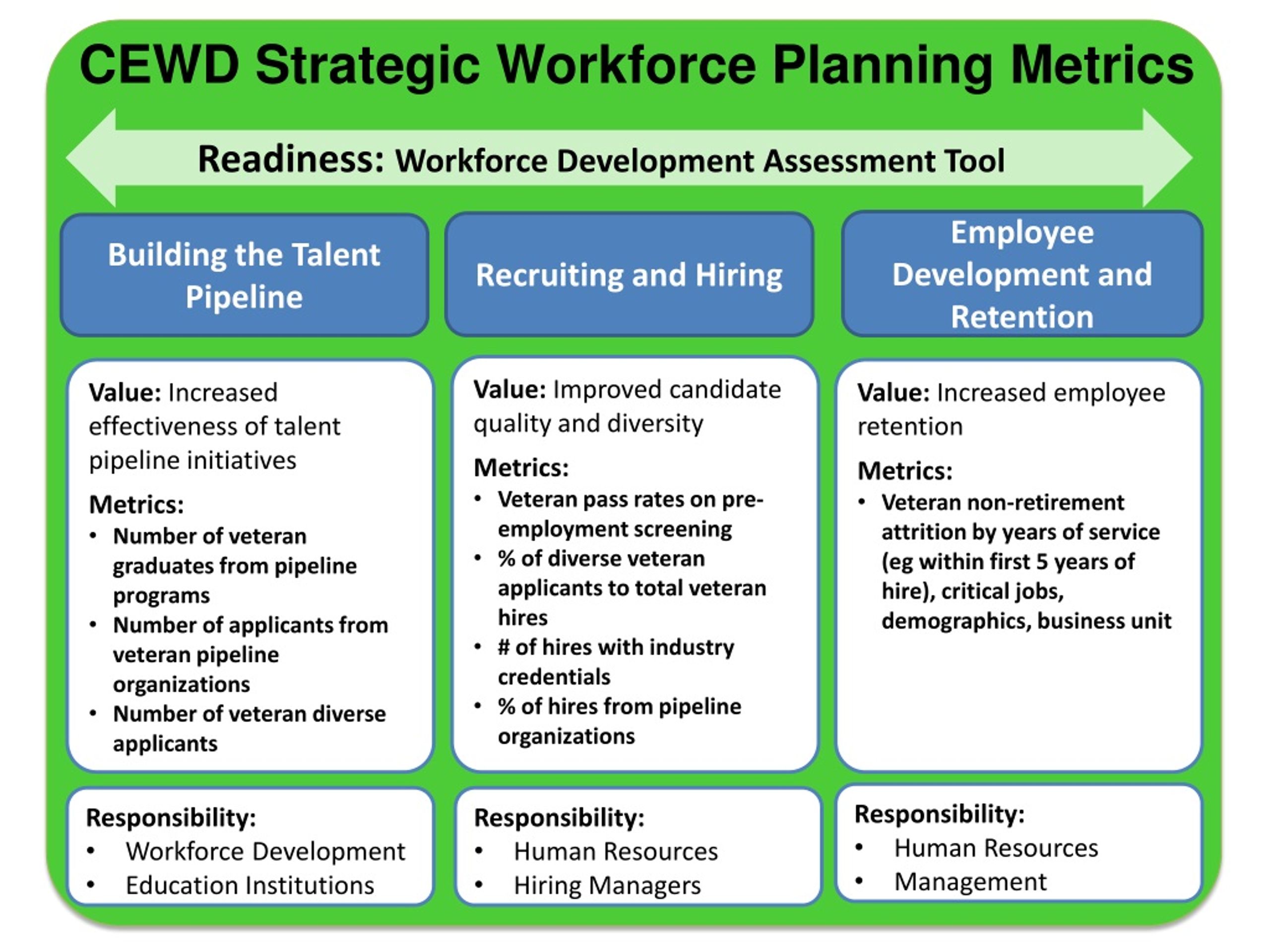 They are typically mastered in sequential order, and to an age specific level. These strokes include the following strokes: |, —, O, +, /, square, \, X, and Δ.
They are typically mastered in sequential order, and to an age specific level. These strokes include the following strokes: |, —, O, +, /, square, \, X, and Δ.
Why are writing readiness (pre-writing) skills important?
Pre-writing skills are essential for the child to be able to develop the ability to hold and move a pencil fluently and effectively and therefore produce legible writing. When these skills are underdeveloped it can lead to frustration and resistance due to the child not being able to produce legible writing or to ‘keep up’ in class due to fatigue. This can then result in poor self esteem and academic performance.
What are the building blocks necessary to develop writing readiness (pre-writing)?
- Hand and finger strength: An ability to exert force against resistance using the hands and fingers that allows the necessary muscle power for controlled movement of the pencil.
- Crossing the mid-line: The ability to cross the imaginary line running from a person’s nose to pelvis that divides the body into left and right sides.
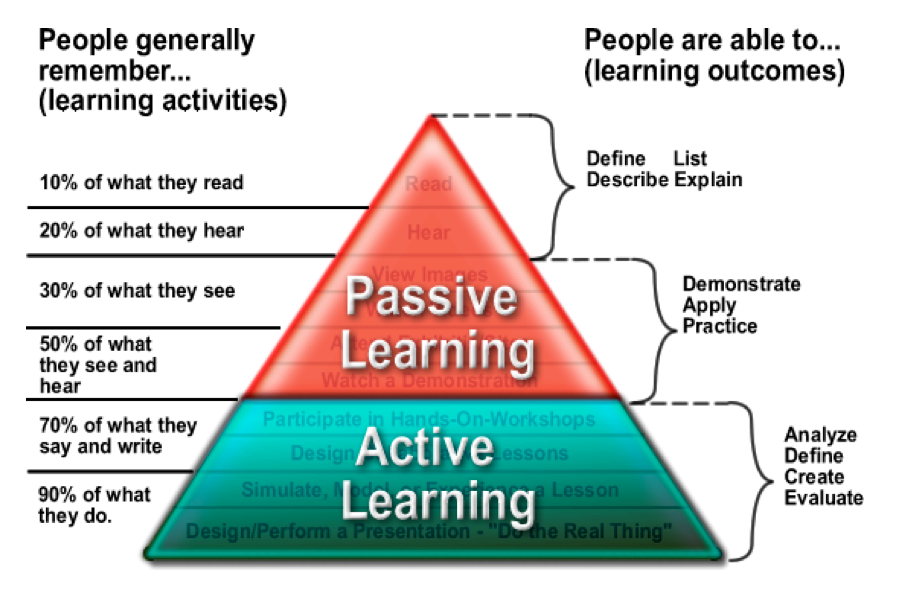
- Pencil grasp: The efficiency of how the pencil is held, allowing age appropriate pencil movement generation.
- Hand eye coordination: The ability to process information received from the eyes to control, guide and direct the hands in the performance of a task such as handwriting.
- Bilateral integration: Using two hands together with one hand leading (e.g. holding and moving the pencil with the dominant hand while the other hand helps by holding the writing paper).
- Upper body strength: The strength and stability provided by the shoulder to allow controlled hand movement for good pencil control.
- Object manipulation: The ability to skilfully manipulate tools (including holding and moving pencils and scissors) and controlled use of everyday tools (such as a toothbrush, hairbrush, cutlery).
- Visual perception: The brain’s ability to interpret and make sense of visual images seen by the eyes, such as letters and numbers.

- Hand dominance: The consistent use of one (usually the same) hand for task performance, which allows refined skills to develop.
- Hand division: Using just the thumb, index and middle finger for manipulation, leaving the fourth and little finger tucked into the palm stabilizing the other fingers but not participating.
How can I tell if my child has problems with writing readiness (pre-writing) skills?
If a child has difficulties with writing readiness they might:
- Have an awkward pencil grasp.
- Have difficulty controlling a pencil for colouring, drawing or writing.
- Show a tendency to use their whole hand to manipulate objects rather than just a few fingers.
- Have poor endurance for pencil based activities.
- Display messy and/or slow handwriting.
- Have difficulty staying within the lines when colouring.
- Apply inappropriate pressure to the paper for pencil based activities (either too heavy and frequently breaks the pencil, or too light and ‘spidery’).
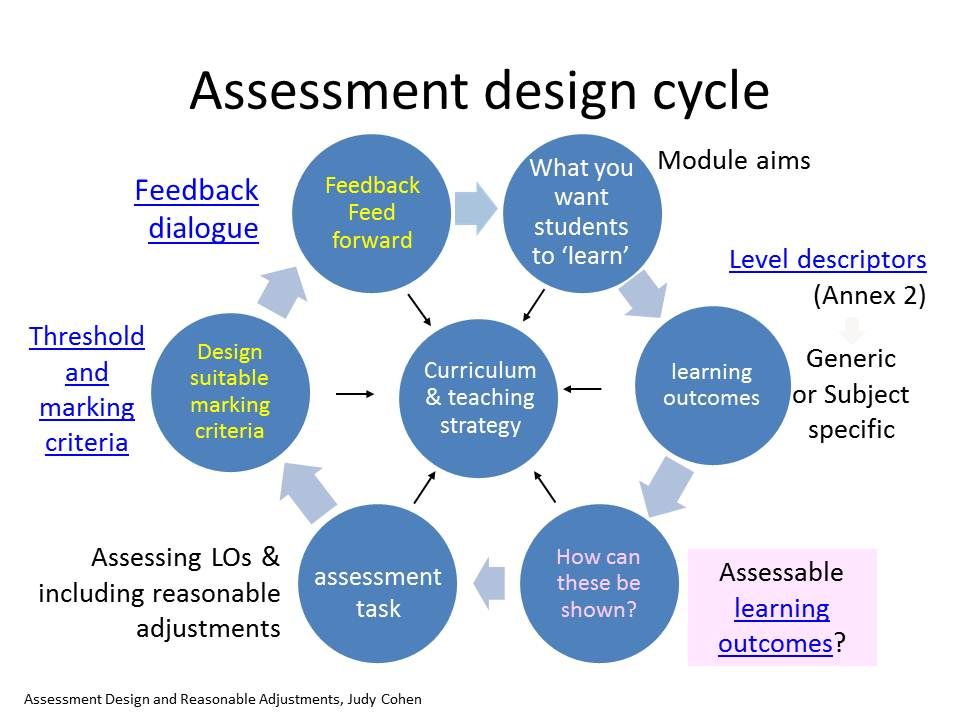
- Have poor upper limb strength (weak shoulders).
- Have difficulty coordinating both hands together for two handed tasks.
- Have poor hand-eye coordination.
- Be verbally skilled but has difficulty showing this on paper (i.e. writing, drawing or colouring).
- Not meet the pre-writing expectations outlined below.
| Age | Pre-writing expectation |
| 1 -2 years |
|
| 2 – 3 years |
|
| 3 – 4 years |
|
| 4 -5 years |
|
| 5 -6 years |
|
What other problems can occur when a child has writing readiness (pre-writing) skill difficulties?
When a child has writing readiness difficulties, they might also have difficulties with:
- Behaviour: The may avoid or refuse to participate in pencil and other fine motor tasks.

- Self esteem: when they compare their work against that of their peers.
- Academic performance: They find it more difficult and be slower completing these tasks, contributing to slower skills acquisition (e.g. learning to write their name, or draw a person).
- Self care: The ability to (age appropriately) master independence in everyday life activities (such as dressing, eating, cleaning teeth, brushing hair).
- Avoidance: Preferring to get others to perform fine motor tasks for them under their direction, rather than actually doing themselves (e.g. “Daddy, draw me a house”, or “build me a rocket”, with refusal to do it themselves).
What can be done to improve writing readiness (pre-writing) skills?
- Hand dominance: Determine and reinforce the dominant hand use in precision task performance.
- Experience: Encourage participation in activities that involve grasping and manipulating small objects such drawing, puzzles, opening containers, threading or other related tasks.
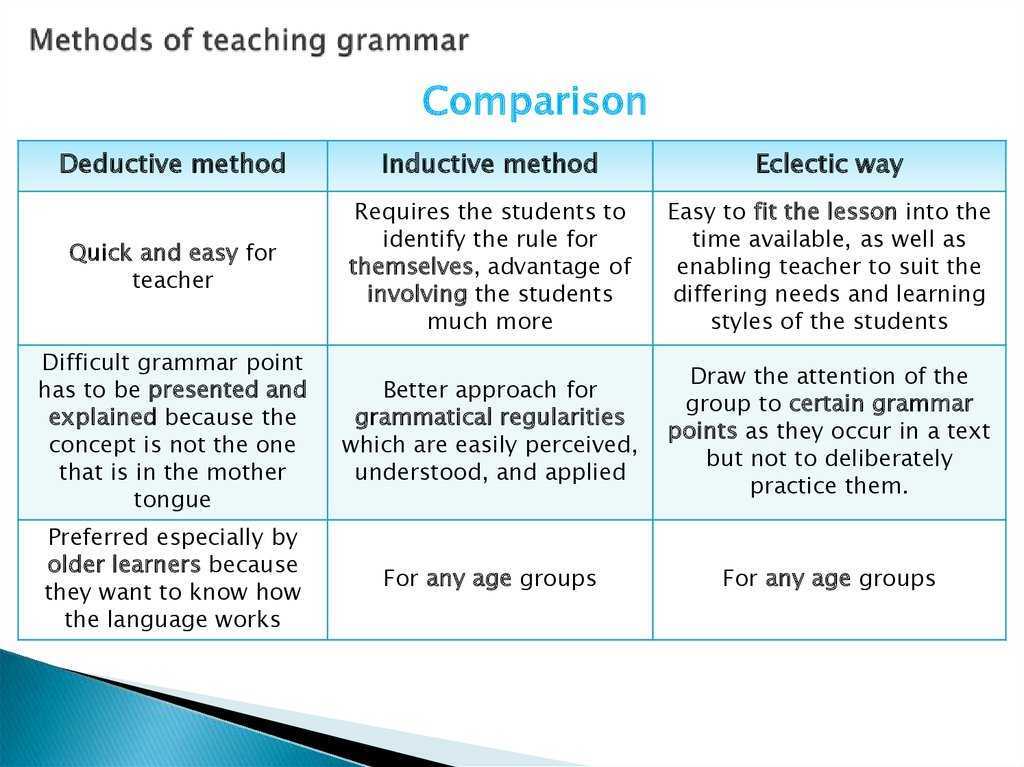
- Poking and pointing: Practice tasks that use just one or two fingers (not all at once) e.g. poking games.
- Praise and encouragement when your child engages in fine motor activities, especially if they are persistent when finding an activity difficult.
- Hand and finger strength (e.g. scrunching, paper, using tweezers, play dough, pegs).
- Sensory play activities (e.g. rice play, finger painting) to assist the development of tactile awareness.
- Hand-eye coordination: Practice activities that involve hand-eye coordination (e.g. throwing and catching) and crossing the mid-line (e.g. reaching across the body to pick up items).
- Upper limb strength: Encourage play activities that develop upper limb strength (e.g. climbing ladders, wheelbarrow walking).
What activities can help improve writing readiness (pre-writing) skills?
- Threading and lacing with a variety of sized laces.

- Play-doh (playdough) activities that may involve rolling with hands or a rolling pin, hiding objects such as coins in the play dough or just creative construction.
- Scissor projects that may involve cutting out geometric shapes to then paste them together to make pictures such as robots, trains or houses.
- Tongs or teabag squeezers to pick up objects.
- Drawing or writing on a vertical surface.
- Every day activities that require finger strength such as opening containers and jars.
- Pre writing shapes: Practice drawing the pre-writing shapes (l, —, O, +, /, square, \, X, and Δ).
- Finger games: that practice specific finger movements such as Incy wincy Spider.
- Craft: Make things using old boxes, egg cartons, wool, paper and sticky or masking tape.
- Construction: Building with duplo, lego, mobilo or other construction toys.
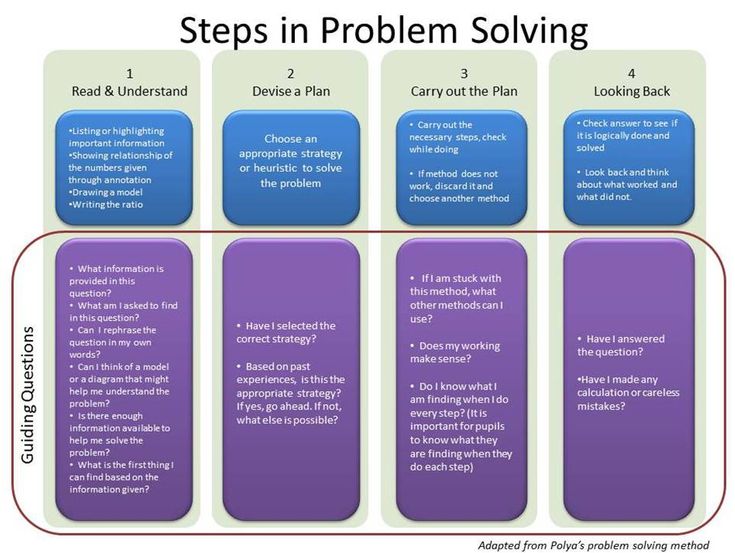
Why should I seek therapy if I notice difficulties with writing readiness (pre-writing) skills in my child?
Therapeutic intervention to help a child with writing readiness difficulties is important to:
- Improve ability in, and persistence with, fine motor tasks for academic performance.
- Increase school readiness skills for your child’s emotional comfort and ease of transition into school.
- Help a child to develop age appropriate self care tasks such as doing up buttons and zips.
- Avoid my child becoming disengaged in an academic environment due to difficulties completing colouring, drawing and writing.
- Avoid frustrations experienced by parents, teachers and children when the child is struggling to remain engaged in academic activities.
- Help develop and maintain my child’s positive sense of well being through belief in their pencil skills for academic and play tasks.
- Ensure that my child doesn’t fall behind their peers in development of handwriting or drawing.
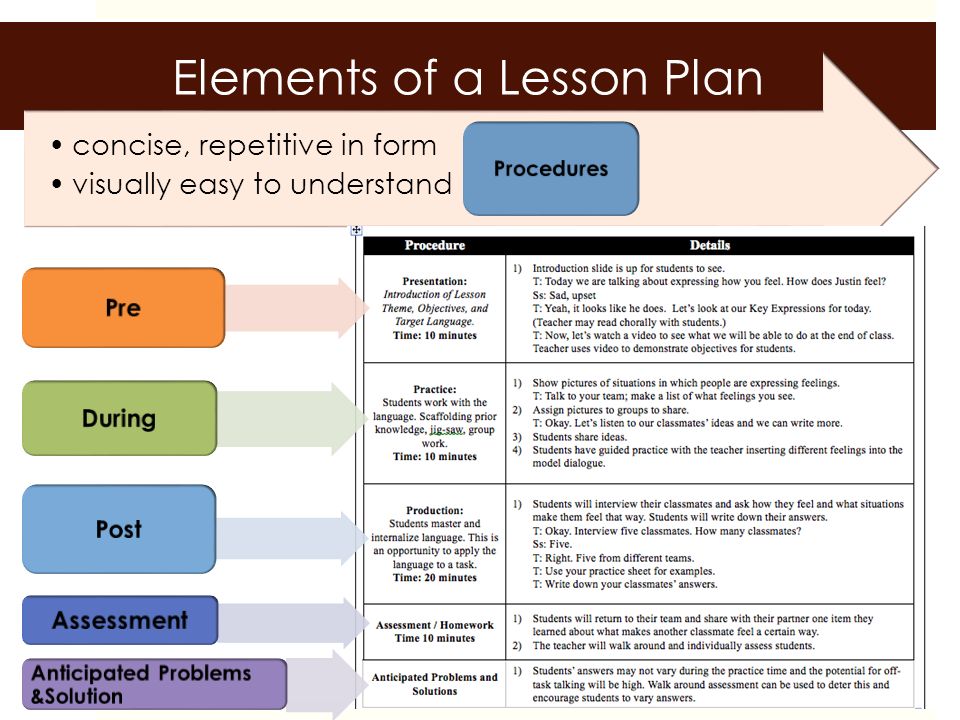
If left untreated what can difficulties with writing readiness (pre-writing) skills lead to?
When children have difficulties with writing readiness, they are might also have difficulties with:
- Meeting (preschool or school based academic criteria due to poor pencil skills and rapid fatigue.
- Difficulties mastering letter and number formation.
- Learning to write their own name or draw age appropriate pictures (pre-school age).
- Excessive pressure and anxiety in a school-aged child due to difficulties ‘keeping up’ in class.
- Completing worksheets or tests due to difficulty answering all written questions within the allocated time.
- Poor self esteem when a child compares their abilities with their peers.
- Difficulty manipulating items for construction (puzzles, lego).
What type of therapy is recommended writing readiness (pre-writing) difficulties?
If your child has difficulties with writing readiness (pre-writing) skills, it is recommended they consult an Occupational Therapist.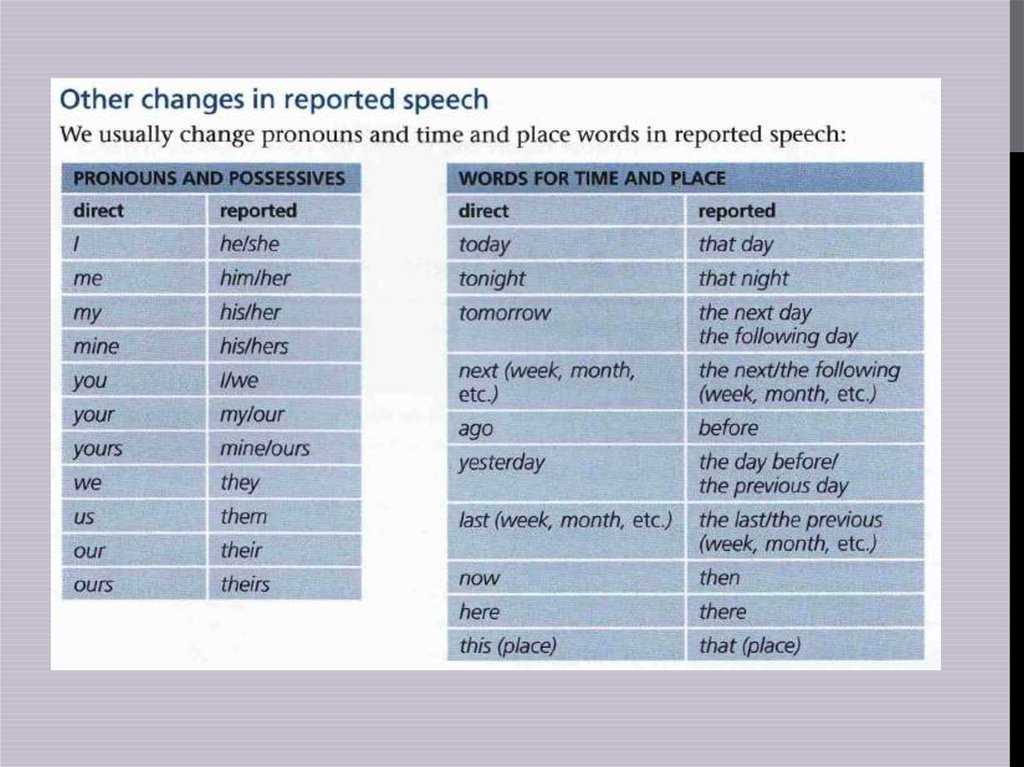
Psychological readiness of the child to learn to write
Written language plays a significant role in general cognitive development children. From the point of view of V.P. Glukhov, thanks to written speech, the child “learns” be aware of their actions, master the skills of arbitrary operation own actions and skills [2]. While studying at school, the child receives systemic knowledge about the world, in particular through written speech.
According to many researchers, writing disorders are based on set of dysfunctions: defects in oral speech, insufficient formation mental processes and their arbitrariness, fine motor skills of hands, bodily scheme, sense of rhythm. Working with students who have difficulty learning to write speech, the teacher should not only be guided by the causes of speech disorders, but also take into account the factors of the child's psychological readiness for learning to write, that the ongoing corrective work was purposeful and successful.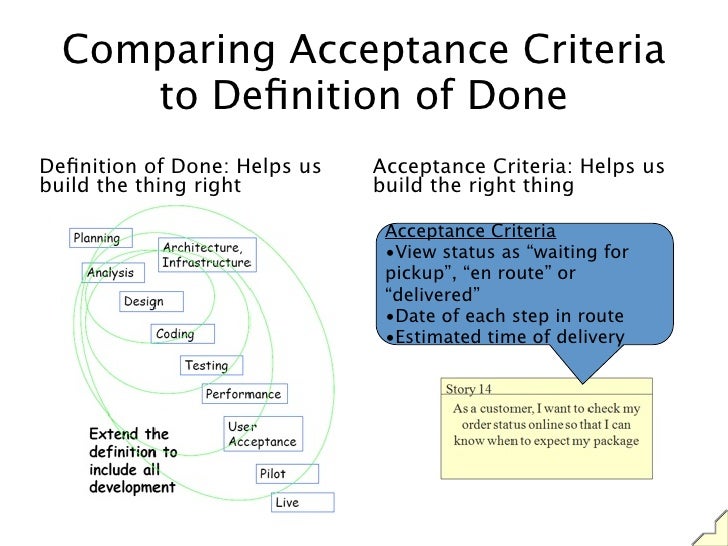
HP Vygotsky noted that grammar and writing allow the child to rise to the highest level in the development of speech [1]. All these features of the letter give rise to assume that it will be violated more often and more rudely, since this is more late and complex function. And teaching her at school will also not be easy. because by the beginning of teaching a child to write, all the main higher mental the features that form its basis are not yet finished, and some of them are even and have not begun their development, that is, teaching writing relies on immature mental processes.
E.A. Loginova conditionally allocates two main and interconnected the level of prerequisites for the formation of writing skills in children [3]. To the first level refers to the functional consistency of the analyzer systems of the brain, their willingness to interact in a complex process of perception, correlation and transcoding sensory information from one modality to another (for example, translation of the sound of speech into a visual image - a letter and the translation of a letter into its motor formula - kinema ). The formation of the child's visual and auditory perception, motor functions, full-fledged auditory-optical-motor coordination (intersensory interactions) are the neurophysiological basis of mastering writing. Co. the second level of prerequisites is the psychological readiness of the child to learning and arbitrary mastery of a complex writing skill. In this context psychological readiness means the formation of mental functions and processes, which depends on the physiological and social development child. Since writing is a type of mental activity, its assimilation and implementation require the participation of such components necessary for the activity as memory, attention, thinking (and the mental actions of analysis that provide it) and synthesis, comparison, generalization, abstraction, etc.) . Besides, the leading elements of the organization of any kind of activity are motivation, volitional effort and arbitrary self-regulation.
The formation of the child's visual and auditory perception, motor functions, full-fledged auditory-optical-motor coordination (intersensory interactions) are the neurophysiological basis of mastering writing. Co. the second level of prerequisites is the psychological readiness of the child to learning and arbitrary mastery of a complex writing skill. In this context psychological readiness means the formation of mental functions and processes, which depends on the physiological and social development child. Since writing is a type of mental activity, its assimilation and implementation require the participation of such components necessary for the activity as memory, attention, thinking (and the mental actions of analysis that provide it) and synthesis, comparison, generalization, abstraction, etc.) . Besides, the leading elements of the organization of any kind of activity are motivation, volitional effort and arbitrary self-regulation.
The concept of psychological readiness for learning to write includes linguistic readiness of the child to master a new and most complex type speech activity.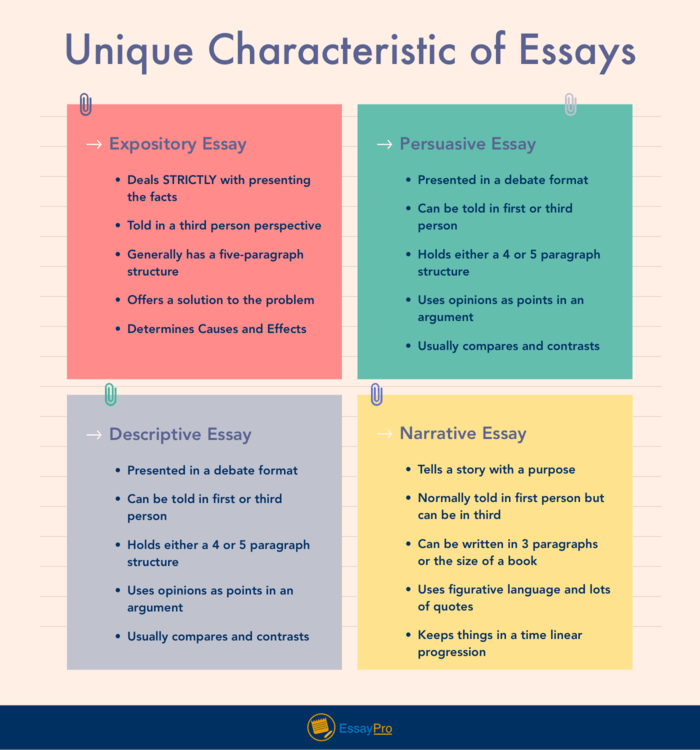 In order to consciously perform language operations (in in particular, the selection of language units - sentences, words, their analysis and symbolization with using letters) , the child should have well-developed oral speech. His vocabulary, the ability to update words and produce sentences, grammatical design of speech must comply with the age norms of the younger school age.
In order to consciously perform language operations (in in particular, the selection of language units - sentences, words, their analysis and symbolization with using letters) , the child should have well-developed oral speech. His vocabulary, the ability to update words and produce sentences, grammatical design of speech must comply with the age norms of the younger school age.
The linguistic level of writing organization determines by what means letter is carried out. As L.S. Tsvetkov, this level provides writing by linguistic, linguistic means of implementing the process, i.e. implements the translation of the inner meaning, which is formed at the psychological level, into linguistic codes - into lexico-morphological and syntactic units, i.e. e. into words and phrases [4]. Tsvetkova L.S. generalizes the formulated psychological prerequisites for the formation of this type of speech activity, violations or lack of formation of which leads to difficulties in the formation of a letter in children [4].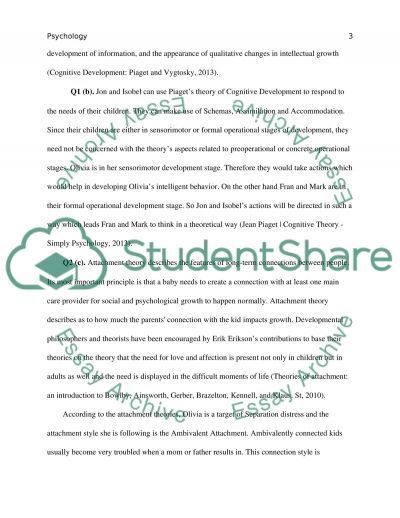
The first prerequisite is the formation (or preservation) oral speech, arbitrary command of speech, the ability to analytical and synthetic activities. The second prerequisite is the formation of (or preservation) of different types of perception, sensations, knowledge and their interaction, as well as spatial perception and The second prerequisite is the formation (or preservation) of different types of perception, sensations, knowledge and their interaction, and also spatial perception and representations, namely: visual-spatial and auditory-spatial gnosis, somato-spatial sensations, knowledge and sensations of body schema, right/left. The third prerequisite is the formation of the motor sphere - subtle movements, objective actions, i.e. different types of hand praxis, mobility, switchability, stability, etc. The fourth prerequisite is the formation in children abstract modes of activity, which is possible with their gradual transfer from actions with concrete objects to actions with abstraction.
The fifth prerequisite is the formation of general behavior - regulation, self-regulation, control over actions, intentions, motives of behavior.
Of course, the above mental functions and processes in a child are imperfect, but they are sufficient to start learning, during which all the structural links letters will continue to develop.
Insufficient formation of psychological prerequisites for a full-fledged reading and writing, therefore, involves the use of the process of speech therapy classes of specific tasks that will be sent on the development of memory, attention, spatial and temporal representations, fine motility.
Literature.
- Vygotsky L.S. Thinking and speech. - M., Labyrinth, 1996.
- Glukhov V.P. Fundamentals of psycholinguistics: textbook. student allowance pedagogical universities. - M., AST: Astrel, 2005. - 351 p.
- Loginova E.A. Writing violations. Features of their manifestation and correction in younger schoolchildren with mental retardation.
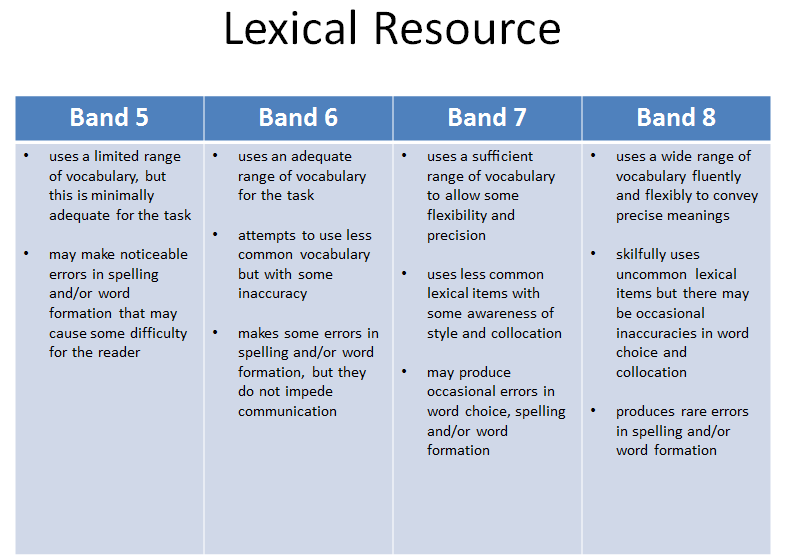 : Educational allowance / Ed. L.S. Volkova - St. Petersburg, "CHILDHOOD-PRESS", 2004. - 208 p.
: Educational allowance / Ed. L.S. Volkova - St. Petersburg, "CHILDHOOD-PRESS", 2004. - 208 p. - Tsvetkova L.S. Neuropsychology of counting, writing and reading: violation and recovery: Proc. allowance - 3rd ed., corrected. and additional - M., Publishing house Moscow Psychological and Social Institute; Voronezh: NPO MODEK Publishing House, 2005. - 360 p.
- Yastrebova A.V., Bessonova T.P. We teach to read and write without mistakes: A set of exercises for the work of speech therapists with younger schoolchildren to prevent and correct shortcomings in reading and writing. - M.: ARKTI, 2007. - 360 p.
Put your hand up to your ear 8 ways to determine if your child is ready for school. - Page teacher-speech therapist
In Russia, children aged 6.5 to 8 are admitted to the first grade. Some parents consider their children to be child prodigies who already have integrals on their shoulders, others think that in front of them are kids who have not yet run into. There is also a real concern - if the child stays at home, the first class program will seem boring to him. But how do you know if it's time for the kids to go to school or not?
There is also a real concern - if the child stays at home, the first class program will seem boring to him. But how do you know if it's time for the kids to go to school or not?
Studying for a first-grader is a physical activity, and a lot of it. Yes, a good teacher will do physical education lessons in the lessons, change the rhythm of learning, but all the same, the student will have to sit for 4–5 hours at a desk.
How to determine whether a child is ready for school loads of the first grade, said Ekaterina PLYSHEVSKAYA, candidate of biological sciences, teacher of the psychological and physiological laboratory of the Vladimir Pedagogical Institute, which tests future first graders, director of school No. 29city of Vladimir.
So, the future student should be able to:
1. Show teeth
The number of permanent teeth is a sign of the physiological maturity of a child at this age. By the age of 7, there should be 6-8 permanent teeth, incisors should change and usually two molars. This is a sign that the child's bones are sufficiently formed so that he can sit without harm to his posture for 40 minutes during the lesson.
This is a sign that the child's bones are sufficiently formed so that he can sit without harm to his posture for 40 minutes during the lesson.
2. Reach out the left ear with the right hand
This is the "Philippine test" - the child, stretching his hand from above over his head, should cover half of the ear with a straightened palm, or better, cover the ear with his hand completely, without tilting his head.
This test, together with the previous one, shows the biological age of the child. Maybe, according to the documents, he is already 7 years old, and mentally he is age-appropriate and even ahead, but biologically he lags behind. Physically, the child is only six, he has not yet matured.
And school loads, especially with a program of increased complexity, can harm his health - he will start to get sick, psychophysiological disorders will begin. In these cases, it may be better to wait a year or choose a school with a simpler program.
3. Stand on one leg
Romberg Pose test: stand on one leg, bend the other, press the foot to the knee, stretch the arms forward and close the eyes. By the age of 7, a child can stand like this for 8–10 seconds, if less, this is a sign of the physiological immaturity of the skeleton, unreadiness for school.
By the age of 7, a child can stand like this for 8–10 seconds, if less, this is a sign of the physiological immaturity of the skeleton, unreadiness for school.
4. Draw “paths” without stepping over the edges
Fine motor skills test. You need to choose pictures where “waves” are drawn with two closely spaced lines, and ask the child to draw a third between them. If the line is drawn in the center, does not touch the other two - this is a sign that the hand is ready to learn to write.
Any child draws from the age of two, holding a pencil in his hand. But the peculiarity of the letter is smaller elements than in the drawing. If the child is not given such winding lines, then the hand is not ready for writing, and problems will arise: the child will not be able to display the elements of letters for the entire lesson, will quickly get tired, distracted, and eventually hate writing.
5. Count backwards
Today's children can count up to 10 almost from the age of two, up to a hundred, up to a thousand from four.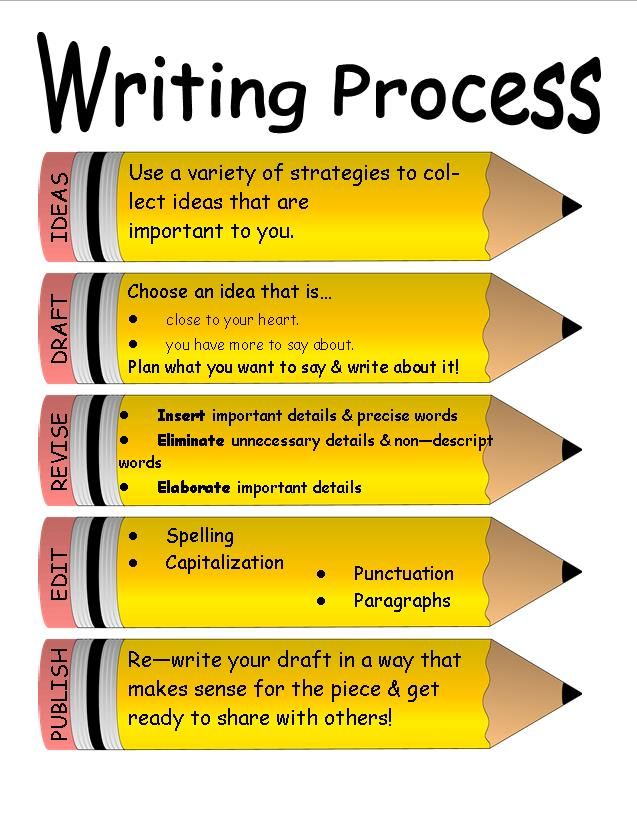 But this is a mechanical action, the child does not yet understand the number series. But the basics of logical thinking shows the ability to count backwards: from 10 to 1.
But this is a mechanical action, the child does not yet understand the number series. But the basics of logical thinking shows the ability to count backwards: from 10 to 1.
If a child can freely orientate in a number series at least within ten, that is, count backwards, then he is ready to learn mathematics. And a more difficult level is if a child can count without preparation in one: 10–8–6–4. This allows us to hope that the child will master the program of increased complexity without any problems.
6. Dress yourself
It is not necessary to tie the notorious laces — just buy all Velcro shoes for your child, make life easier for everyone. But the child should be able to take off and put on his pants entirely, and not freeze in one leg, thinking about life. Must be able to put on a jacket and wind a scarf - let it be crooked, the teacher will correct. But the procedure of dressing and undressing "from and to" must be mastered.
7. Eat with a fork
Yes, by the age of 7 many children can only use a spoon.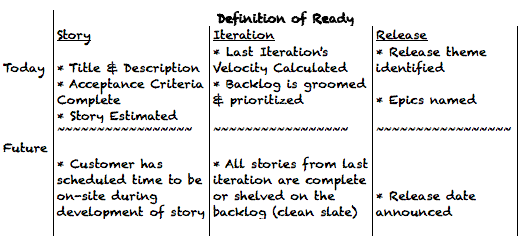 I had the first class, where out of 30 children 10 did not know how to eat with a fork. And mothers, knowing that they were right, reported: “I feed him at home.”
I had the first class, where out of 30 children 10 did not know how to eat with a fork. And mothers, knowing that they were right, reported: “I feed him at home.”
At home, you can communicate with your child however you want, but at school, he must be able to pick up a plate and hold a spoon and fork. The break is short, and if the child does not know how to eat himself, he will remain hungry.
8. Follow the teacher's instructions
School is a society. By the first grade, a child should be able to understand the instructions of an adult, not a family member.
“They got the textbooks. They took pens, ”as my experience shows, many children do not understand even such simple instructions. Those who went to kindergarten have fewer problems, but "home" children often simply do not hear strangers.
It is necessary to prepare children from the age of five to follow simple instructions. Yes, there are problems with kindergarteners, parents can inspire the child what is right - only what they say, and you don’t need to listen to the rest.
But even here it is important not to overdo it: a child should not perceive any adult as the ultimate truth. Children need to understand boundaries. When the teacher says: “We took pens and write,” this must be done. When a stranger comes up on the street and says, “Come with me,” no way! A child of 5–6 years old is already able to learn such boundaries.
What to do if he is not yet ready?
To determine if a child is ready for school, look only at him. Not the neighbors, not the teachers. When a mother comes to me for a consultation and complains that a child at the age of 6 does not read, but “a neighbor says that she has been reading in two languages since the age of four”, I always answer: “Well, you say so too.”
As regards physical development, one must look at the combination of signs. If, by the age of 6.5, milk teeth have just begun to fall out, in the “Philippine test” the child does not reach the ear, the “Romberg position” does not work out - it means that the child simply has not yet physically matured. He will not be able to sit through 40 minutes of the lesson, he will quickly get tired, skip explanations, and there will be problems with mastering the material. Then you just need to let the child "ripen", to postpone admission to school for a year.
He will not be able to sit through 40 minutes of the lesson, he will quickly get tired, skip explanations, and there will be problems with mastering the material. Then you just need to let the child "ripen", to postpone admission to school for a year.
If only one sign does not meet the school norm - for example, the teeth have not begun to change, now this is a frequent case, but you see that the child can complete tasks for a long time and with concentration, and does not break away every 10 minutes - it's time to go to school. And the teeth will grow in due time.
If a child is not psychologically ready: afraid to be alone, can't get dressed himself, doesn't remember where he put his thing a minute ago, and age allows him to postpone going to school for a year, it's better to do it. You won't believe how quickly children change at this age, there is a whole era between 6 and 7 years old. Schooling is always easier for seven-year-olds than for six-year-olds, unless we are talking about a child prodigy.



